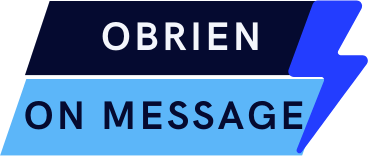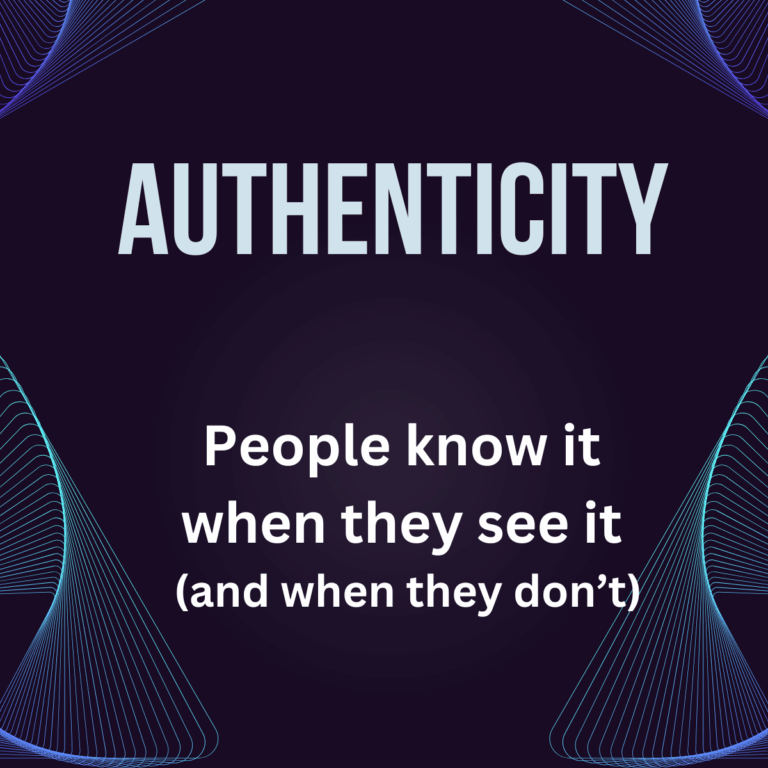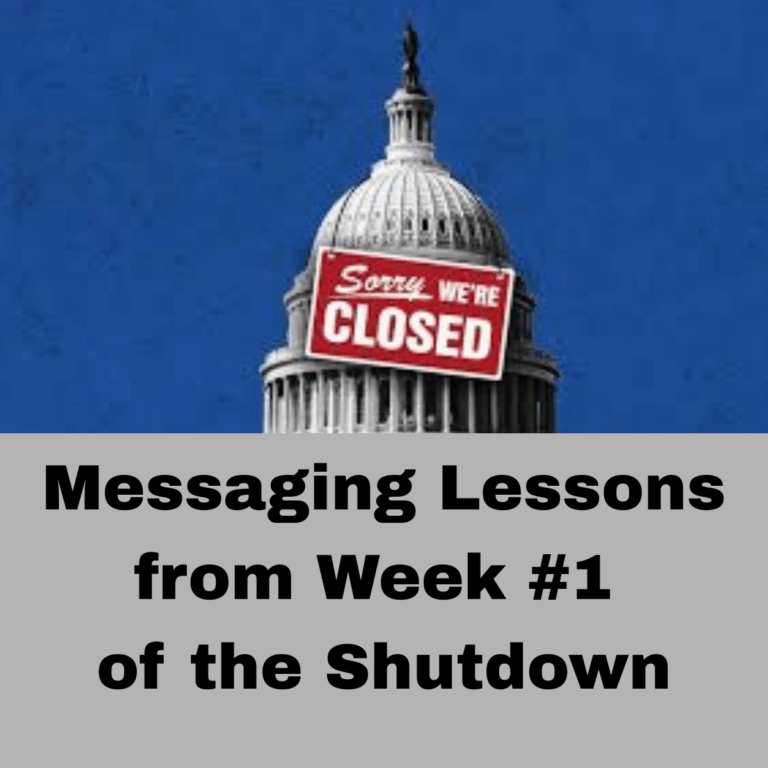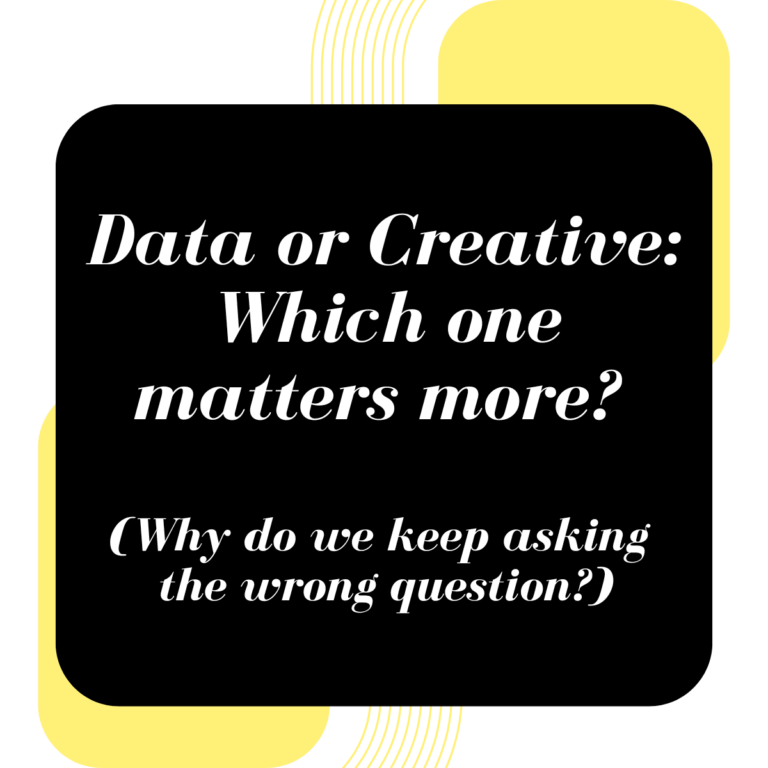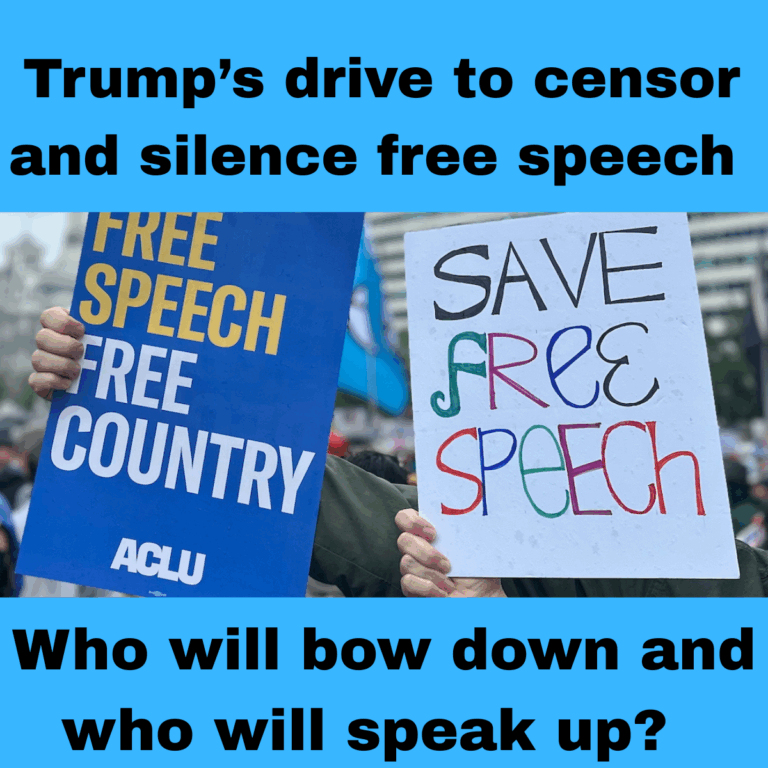At the time, Kris Kristofferson was an unknown songwriter. He pitched “Sunday Morning Coming Down” around Nashville. It’s a ballad about a lonely Sunday morning after a stoned-out Saturday night.
Ray Stevens, a well-established Nashville star had a squeaky-clean image. His biggest hit was a tune called “Everything is Beautiful.” Johnny Cash was known as “the man in black,” totally at home recording live albums at Folsom Prison and San Quentin.
They both recorded Kristofferson’s song. One flopped. The other way a big hit.
Can you guess who and why?
Stevens was initially puzzled, but he soon realized why his version didn’t connect: “I finally figured out. I didn’t have the image to sell a song about being stoned on Sunday morning. My image as just too clean. The song was a hit. I just wasn’t the one to sell it.”
A song (or a message) can be really powerful. But, that power can be lost if it’s conveyed by someone who just isn’t credible putting it across.
It’s what I call the vehicle barrier. People can agree the problem your nonprofit is working on is a serious one. They can even be bought in on the solutions your group is advancing.
But you’re not going to get very far if you can’t persuasively answer this question: Why is your organization the right vehicle for advancing these solutions?
Let’s look at three of the most common barriers groups encounter and how to overcome them.

“What’s the first group that comes to mind when I mention (name an issue)?” If the majority of people come up with a single group and no one is in a close second place, that group has what I call the franchise on the issue.
Planned Parenthood on reproductive rights and ACLU on legal defense of civil liberties are good examples. They are the groups people naturally turn to, giving them a huge leg up over other organizations.
Another common dynamic is a shared franchise, not dominated by a single group, but by a handful of well-established organizations. It’s still a big barrier to new entrants. Think environmental groups or animal welfare ones.
SIDE NOTE AND WARNING: If you think you’ve hit gold because no groups come to mind when your issue is mentioned, don’t be fooled. That usually means it’s an issue people can’t get their minds around and probably don’t care about.
Ways to Overcome the Franchise Barrier
This may be the toughest barrier of all. But, here are a couple of approaches worth trying:
- Emphasize a new approach. If the franchise group is identified with one path to progress, can you find a different angle of vision?
- Focus on a specific part of the problem. e.g. If someone has the overall franchise, can you find room by zeroing in on a specific aspect, constituency or region?
A great example of the second strategy – and a project I helped launch – is the PIRG movement recognizing that while the national environmental field is quite crowded, they could launch and grow a highly-successful network of state environmental groups.

The best proof that your group is a strong vehicle for progress is a track record of success advancing similar work. Here are some ways to shore up your arguments on the track record front.
- Adopt next steps messaging: If you have the goods, you can convey your track record by presenting upcoming work as part of an ongoing effort. Tell people what they’ve already helped achieve and how that has laid the groundwork for a vital next step forward.
- Cite similar work on another issue: If you’re lacking direct evidence on the topic at hand, try the next best thing. Show people how you’ve achieved progress on a different front and can now apply already proven strategies, tactics and organizational strengths to meet a new challenge.
- Count on credentialing: Another way to shore up peoples’ confidence is for people your audience trusts to vouch for you. But be mindful that celebrity endorsements only have impact if the person has an authentic link to the organization and cause.

This one is a bit of a surprise, but can often be a serious, unanticipated barrier. People become deeply invested in the work your organization does. So, if you’re advancing new work or a new direction, they may worry that the projects they really care about might be at risk.
I worked with Oxfam America for 30 years and we needed to navigate this dynamic. Long-term Oxfam donors were really invested in the group’s hands-on projects taking on poverty. When Oxfam began to define global advocacy campaigns as a central element of their mission, those donors had some concerns.
It wasn’t that people didn’t see the potential in the advocacy work. It was that they worried the new work was displacing the hands-on projects they believed in.
Oxfam was able to get past this barrier by making it clear that the two go hand-in-hand and that much of the advocacy work is a direct outgrowth of needs identified in the on-the-ground efforts.

When making your case, don’t just worry about persuasively describing the problem and laying out the compelling solution you’re advancing. Remember you also have to convince people your group is the right vehicle for taking on the problem.
As Ray Stevens learned the hard way, it’s not just about the song, it’s also about the singer.

